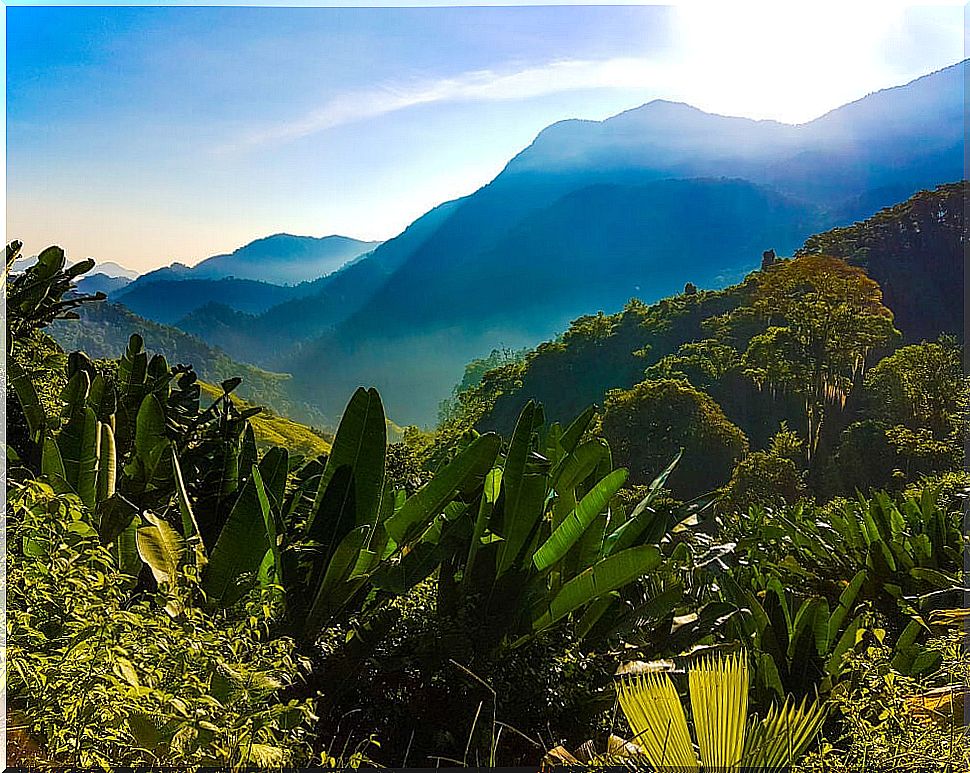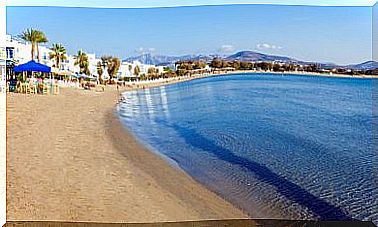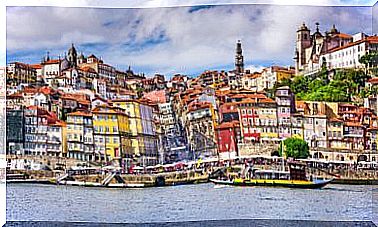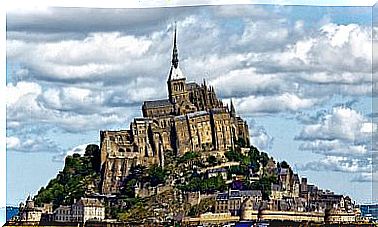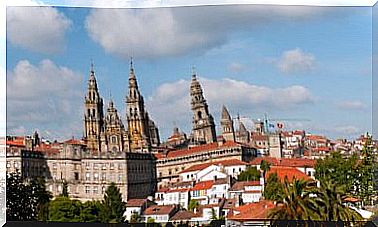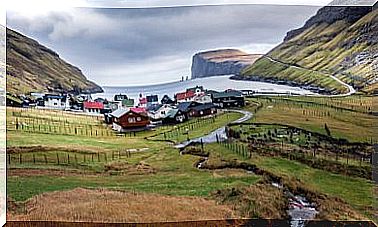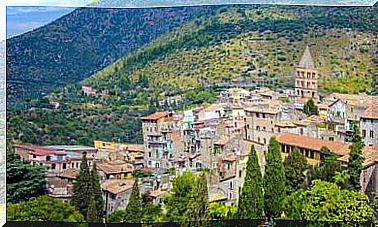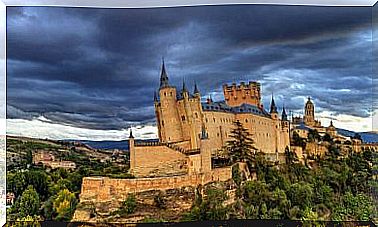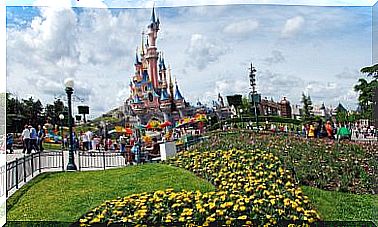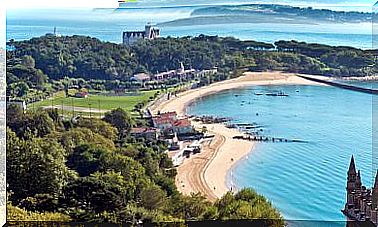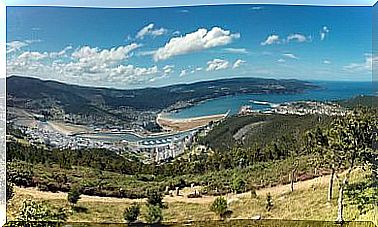The Mysterious Teyuna Or Lost City In Colombia
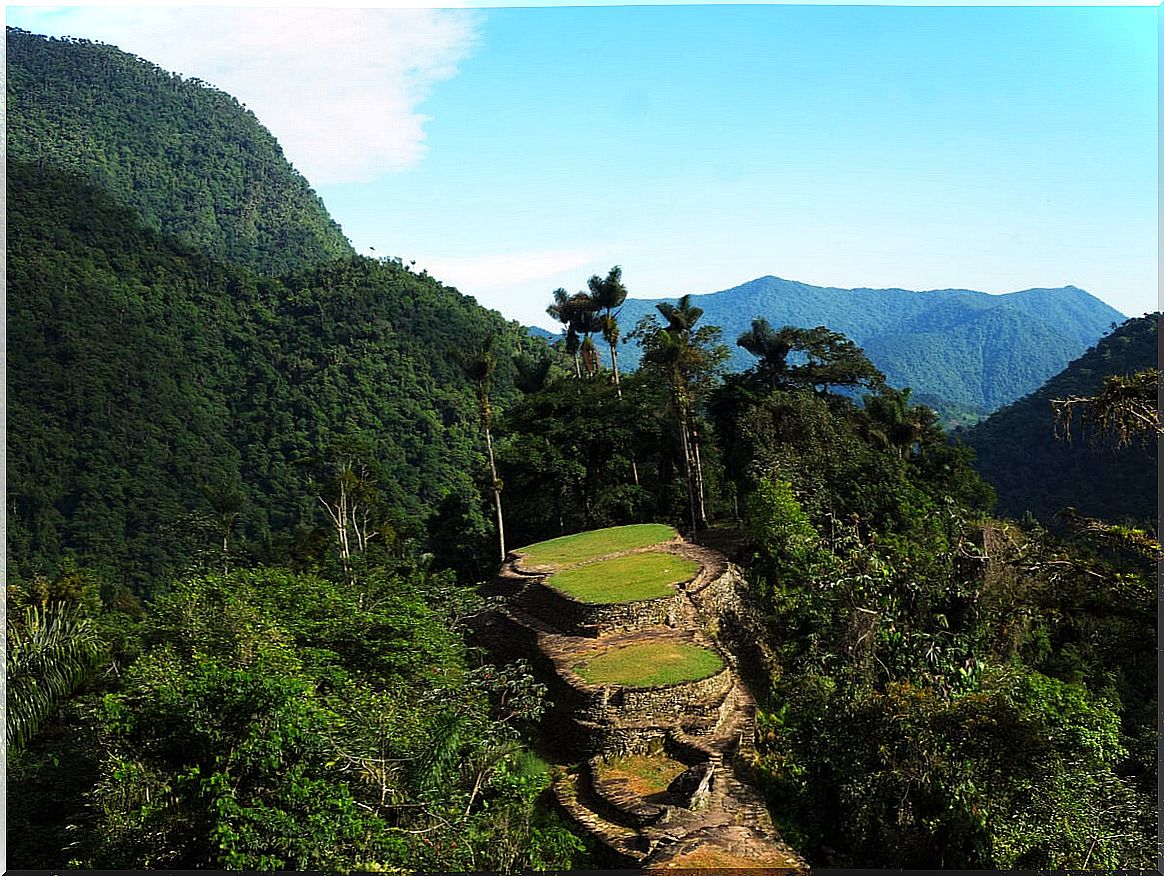
Teyuna or lost city is one of the main archaeological complexes of Santa Marta, in Colombia. Recent research confirms that it was inhabited by the Tayrona culture from 650 to 1600 AD, but it was only discovered until 1973.
Teyuna is one of the four indigenous groups into which the Tayrona culture was divided and that inhabited the Sierra Nevada de Santa Marta. There they settled more than 250 towns, distributed in the north and south western faces of the Sierra.
The unusual discovery of Teyuna
The lost city was built by the Tayrona culture around the year 650, as we mentioned earlier. It was discovered by guaqueros after 400 years of neglect. They looted many archaeological treasures that were present at the burials until 1973.
At that time, the guaquero Franky Rey, for unknown reasons, made the existence of this settlement known to the authorities. For this reason, the Colombian government organized a reconnaissance expedition through a group of specialists.
They were led by the archaeologist Gilberto Cadavid and guided by Franky Rey, who led them to the place. They arrived there after crossing the jungle on a journey that lasted 12 days, until they found the archaeological complex.
Much of the place was destroyed by constant looting ; the rest was invaded by all kinds of vegetation characteristic of the area. In the report produced by the group of specialists, it was evident that its study and recovery would take several decades.
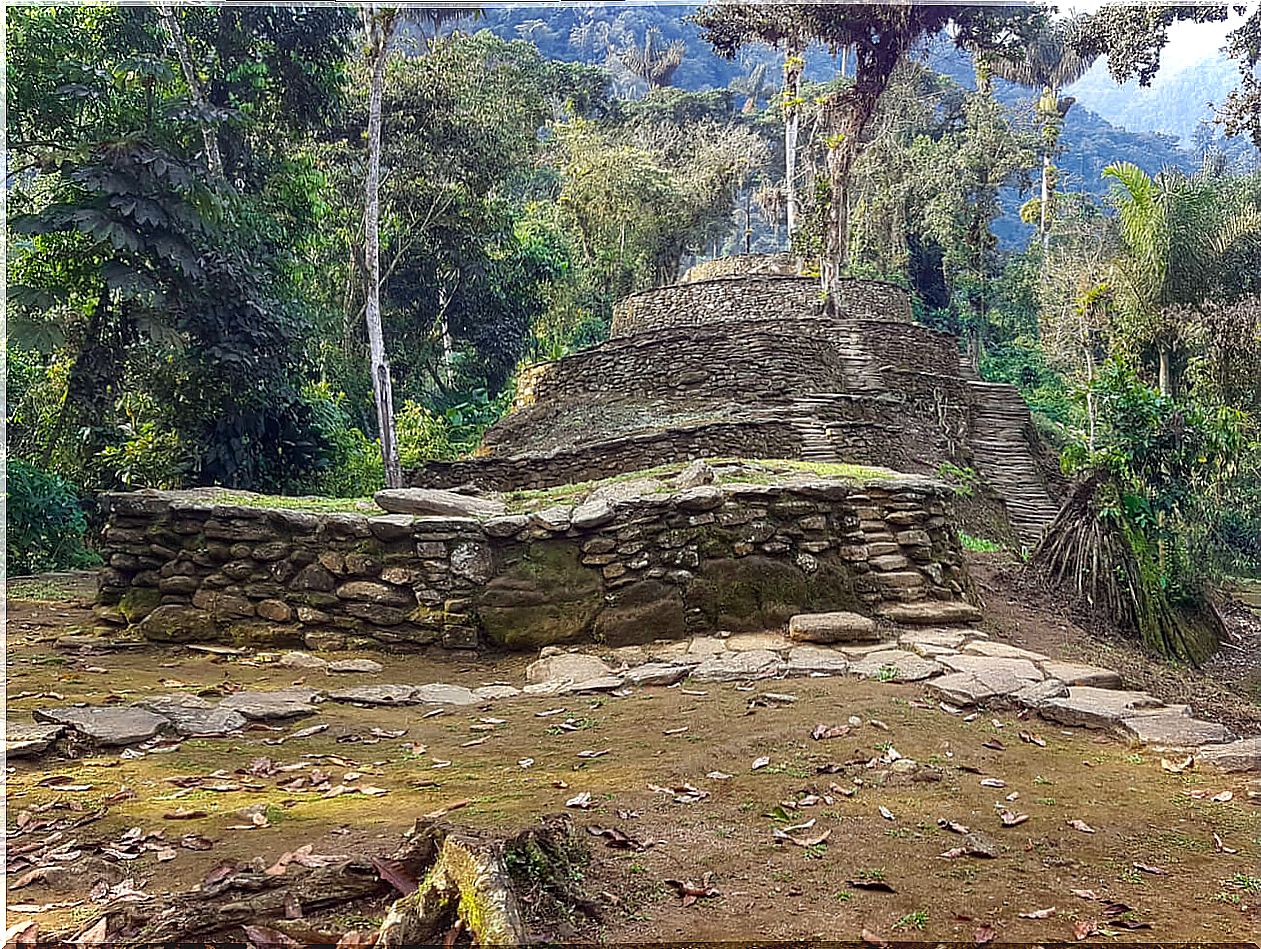
The government’s response
At this point, the Colombian government not only officially recognized the existence of Teyuna or lost city, but also allocated a budget to recover the area. In the process, it was the guaqueros themselves who provided valuable information, since they had been the only ones to witness what the place looked like before they started looting it.
The work of clearing the vegetation, mapping, recording and collecting evidence did not take long. Despite the long hours, the hot and rainy weather, and the illnesses that some of the researchers contracted, the process advanced. Several years later, it was possible to determine that this settlement covered about 35 hectares.
The constructions found
Among other relics, an ascending path of 1200 steps built in stone was found. There was a complex network of paths that interconnected different spaces, various terrace systems, and multiple rock rings.
In the place you can see a complex stone architecture, with constructions that connect with different walls and stairs. In turn, they communicate with various housing systems, grain storage places, and ceremonial centers.
The ancient settlers had built large, cleverly interconnected towns, as well as an aqueduct that carried the water to the crops by means of pipelines. With the Spanish invasion, this culture fled to the moors.
In the 35 hectares discovered so far, more than 169 terraces built in rock have been found. Investigations stopped for several years; It is suspected that most of this territory is yet to be discovered.
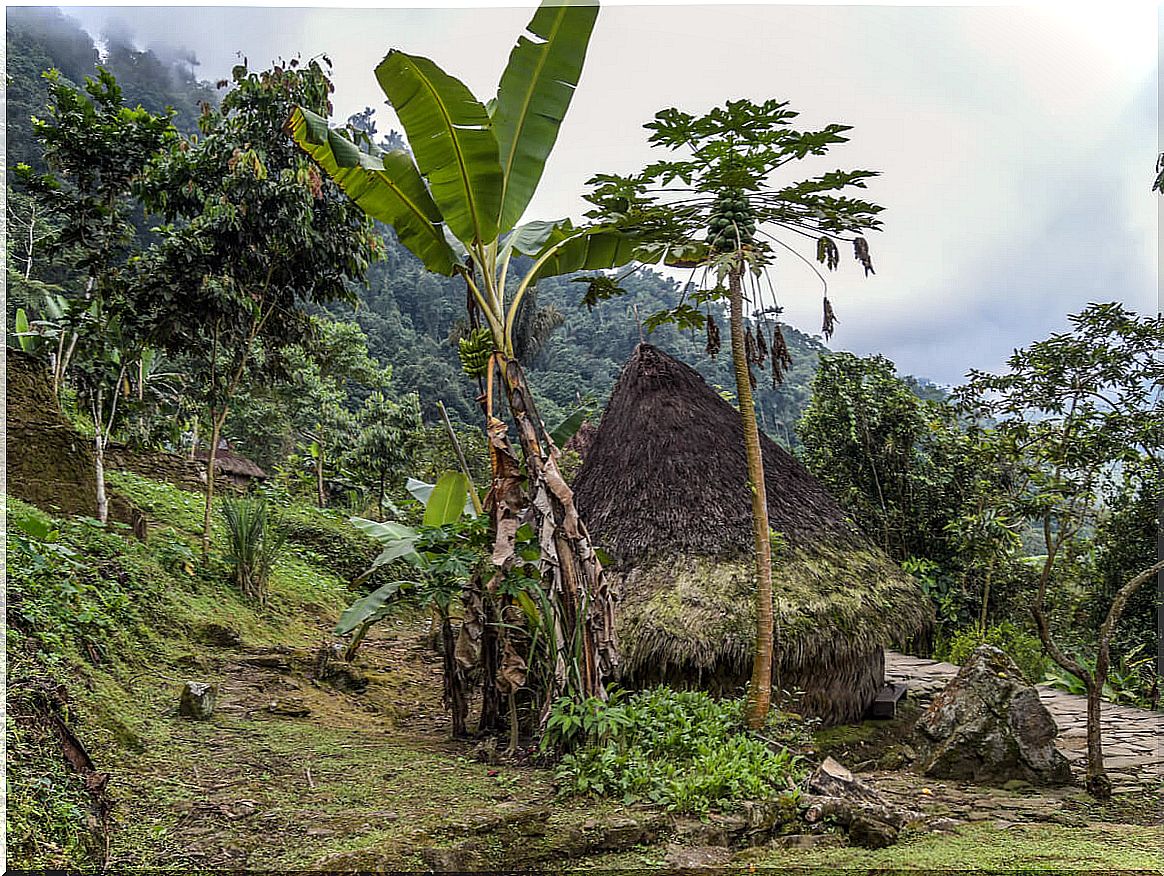
The Spanish conquest
At the time of the arrival of the Spanish conquerors to Santa Marta, the Tayrona Culture was one of the best settled in what is now the Sierra Nevada de Santa Marta. In particular, it was noted for having a complex and powerful society.
Teyuna was the most important political, economic and religious center in the region, and could have housed up to 8000 inhabitants. Everything indicates that the place was abandoned by the constant destruction and looting of the Spanish conquerors.
The invaders were never able to conquer Teyuna; however, disease and war decimated its population. For this reason, the Tayrona culture left the territory around 1600, and it later fell into oblivion.
The return
The inhabitants returned 100 years later to rebuild their villages and recover their customs and social structure, which, in both cases, depended on this geographic and sacred context. At present, its inhabitants continue to consider the Sierra as the spiritual center of humanity.
The direct descendants of the Tayrona culture, the Kogui people, the Wiwa, the Arhuaco and the Kankuamo, are present in the area today. They inhabit the place with a clear mission: to watch over and protect everything that exists in the Sierra Nevada de Santa Marta.
Teyuna does not have the dimensions of other cultures, or not at least to date, but it comprises an almost unexplored territory that preserves its essence. In addition, it is one of the few places on the planet with its own aura, where past, present and future coexist covered by a veil of magic and mystery.
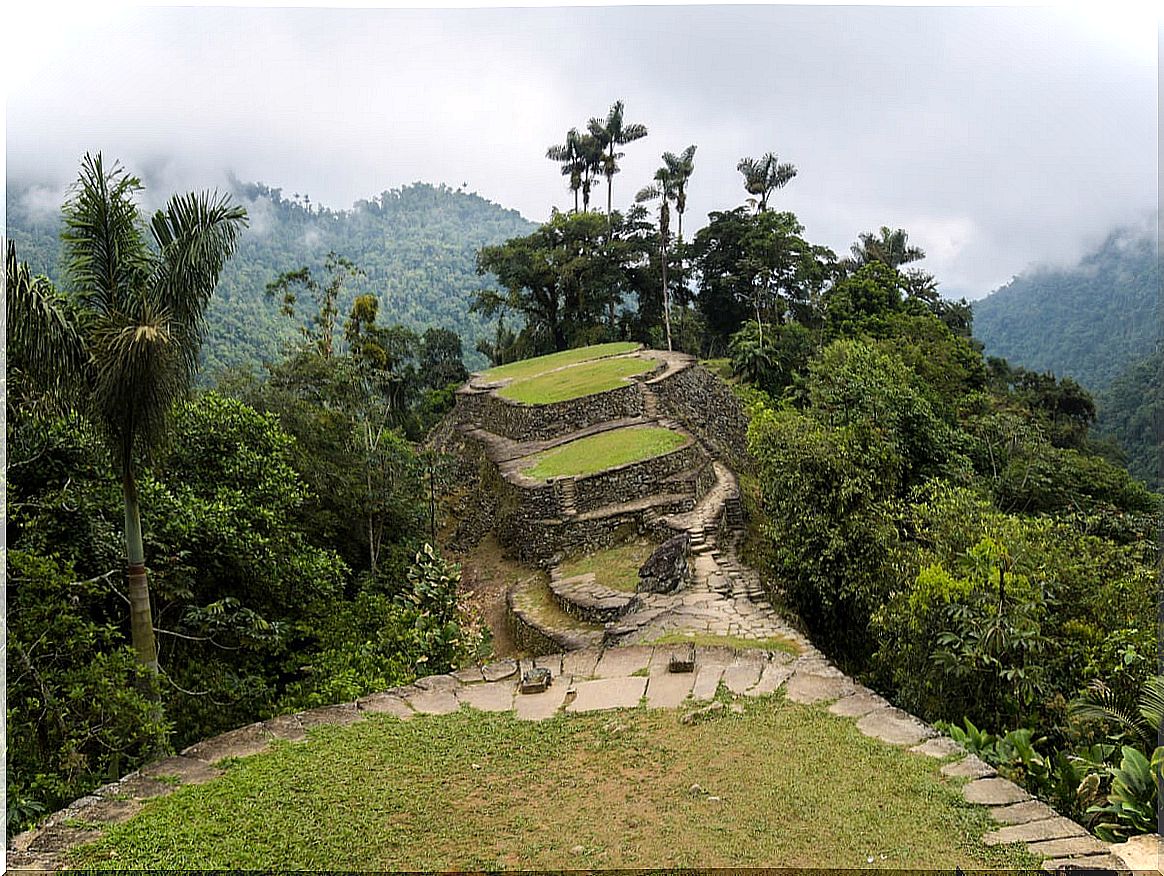
The beauty of Teyuna
The Sierra Nevada de Santa Marta is a paradise where sunlight is entangled in the arms of the trees every time it dawns. There are hundreds and hundreds of birds of all colors that fill the impeccable space with joy with their song.
Meanwhile, cascades of water fall everywhere, born from the bowels of the humid jungle. A primary forest with all possible shades of green has remained intact for thousands of years.
The mountains curl up to the highest peaks, the Bolívar and the Colón, at about 6,000 meters above sea level. These snowy peaks that defy the heat of the Caribbean without succumbing.
For all this, it is not surprising that this place was declared a Biosphere and Humanity Reserve by UNESCO in 1979. Its landscapes, its biodiversity and the sacred merge in a perfect balance.
